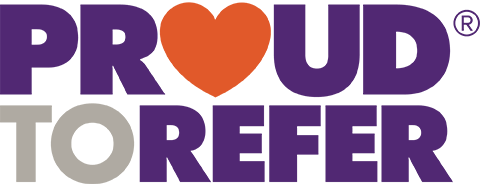For something as short as a resume, it can take hours to craft just the right one. And yet, on average, most resumes don’t get more than ten seconds of perusal by the HR person reading them. When one position gets applications in the hundreds, you have to find a way to make that initial summary one that’s memorable and interesting enough to get a second look. So do what you can to avoid these all-too-common resume summary no-no’s.
- Avoid the standard “objective statement.” Contrary to popular opinion, the objective statement usually ends up telling the employer something they already know by reading your cover letter or application. Instead, use the summary as a sort of elevator pitch that answers the question, “Tell me about yourself” in just a few sentences. You need to catch the reader’s eye quickly, make your top selling points clear, emphasize career highlights and strengths, and, if necessary, briefly mention your professional objective.
- Don’t ignore the job description. As a precursor to writing the summary, go through the job description and highlight each required/preferred quality, writing down how and where your experience applies to each. Look at any keywords that get repeated or that seem to stand out. Then distill your pitch to a few sentences, highlighting those points that connect most strongly to the description and using those same keywords (sparingly – don’t overdo it) to make it even more eye-catching. They’ve basically given you exactly what they want; it’s up to you to show them in your summary that you fit the bill.
- Don’t put every detail in. This is not the time to discuss the details of your career. Think of your top selling points – what makes you stand out the most as a candidate? What separates you from the herd? Think about what you’re known for and what you can bring to the table…then write it up using dynamic adjectives and verbs. You may want to briefly highlight something you’ll expand upon below if it’s extremely relevant to the position, but remember – this is you giving the preview, not the movie. So figure out which points will have the employer wanting to see more and lay them out as clearly as possible.
- No errors! You’ve probably seen this before, but it cannot be stressed enough. This goes beyond simple typos. When you’re writing resumes to numerous different companies, the last mistake you want to make is to write a summary meant for another employer. Go over your resume with a fine-tooth comb…then have someone else review it. Too often our eyes skip over our own writing mistakes.
- Don’t focus on your own wants. Similar to the objective statement, avoid summarizing what you want. Employers focus on their own wants – they want to know if you’re the one they should choose. If you’re looking for a position that aligns with the position they’re offering, great…but the great summary tells them what you can offer them. They have a problem (otherwise they wouldn’t need to hire someone). Let the summary of your selling points demonstrate how you can solve that problem.
Consider the summary your first point of contact after your name and address – make it one they’ll want to know more about. For help with resume writing, reach out to the experienced recruiters at PrideStaff Thousand Oaks today.



